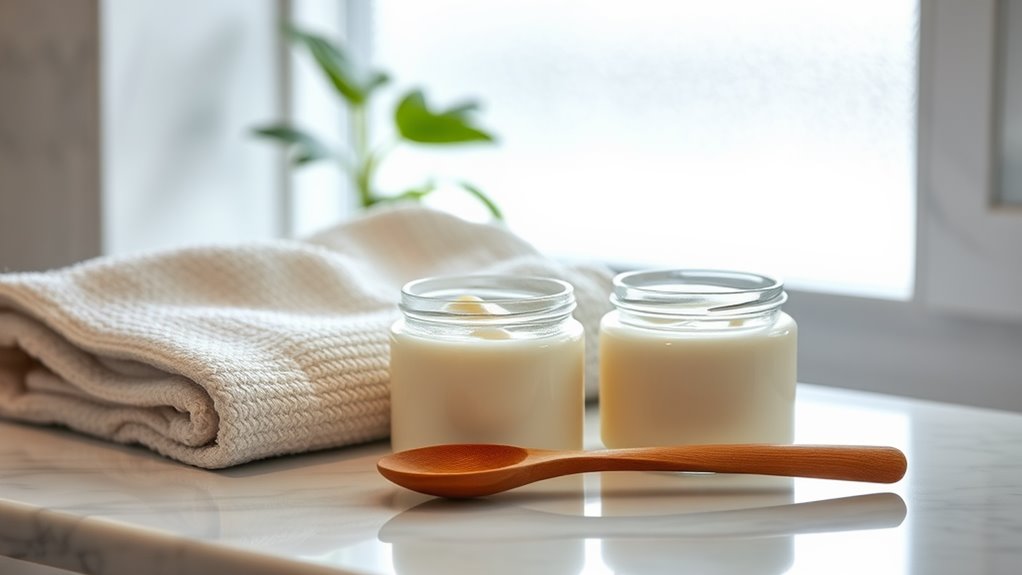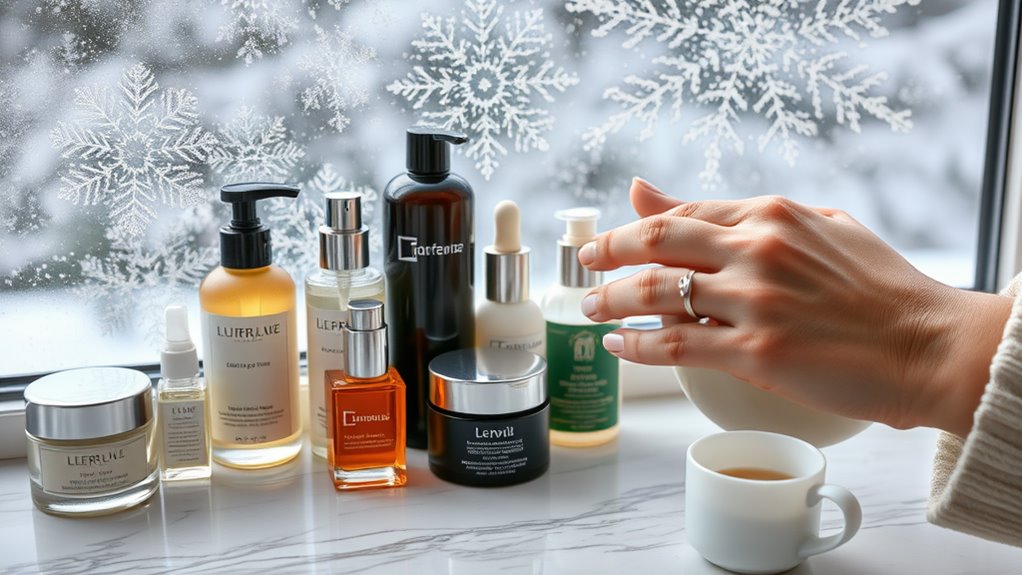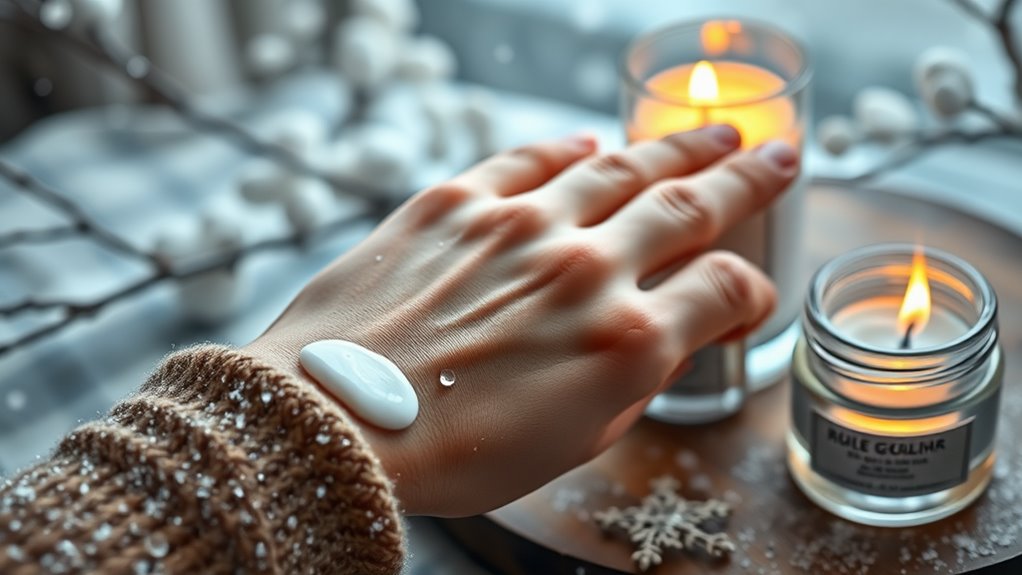How to Treat Dry Skin on Your Body (Not Just Your Face)
If you’re struggling with dry skin on your body, you’re not alone. Many people overlook the importance of proper care beyond the face. Your current body wash may be doing more harm than good, and your moisturizing routine might need a serious upgrade. Understanding how to effectively hydrate your skin is essential. So, what steps should you take to guarantee your skin stays soft and nourished? Let’s explore some effective strategies.
Key Takeaways
- Use a hydrating body wash with ingredients like glycerin and shea butter to prevent stripping natural oils during cleansing.
- Apply a rich moisturizer immediately after showering on damp skin to effectively lock in moisture.
- Exfoliate gently once or twice a week to remove dead skin cells, followed by a moisturizer to replenish hydration.
- Utilize a humidifier in dry environments to maintain moisture levels and improve skin hydration during colder months.
- Stay hydrated by drinking adequate water and choosing dermatologist-recommended products tailored for dry skin.
Effective Strategies for Hydrating Dry Skin
When the cold weather hits or you spend too much time in dry environments, your skin can quickly become parched and uncomfortable. To combat this, you need a solid understanding of dry body skin care. Start by evaluating your current routine. Are you using a body wash that’s stripping away your natural oils? Switch to a hydrating cleanser that nourishes while it cleans. Look for ingredients like glycerin or shea butter, which can help maintain moisture levels.
After cleansing, it’s essential to lock in hydration. Apply a rich moisturizer immediately after your shower, while your skin is still damp. This helps seal in moisture and prevent dryness throughout the day. Opt for a thick cream or an oil-based product, especially if you’re dealing with particularly dry patches. Ingredients such as ceramides, hyaluronic acid, and natural oils can notably enhance your skin’s barrier function.
Don’t forget to exfoliate regularly, but do it wisely. Choose a gentle exfoliant to remove dead skin cells without causing irritation. Aim for once or twice a week, depending on your skin’s sensitivity. Following exfoliation, always apply a moisturizer to replenish lost hydration.
Additionally, consider using a humidifier in your home, especially during winter months. This simple addition can dramatically improve the air quality and keep your skin hydrated. Incorporating dermatologist-recommended moisturizers can also significantly enhance your skin’s hydration levels.
Finally, stay mindful of your water intake; drinking enough fluids is essential for maintaining skin health.





